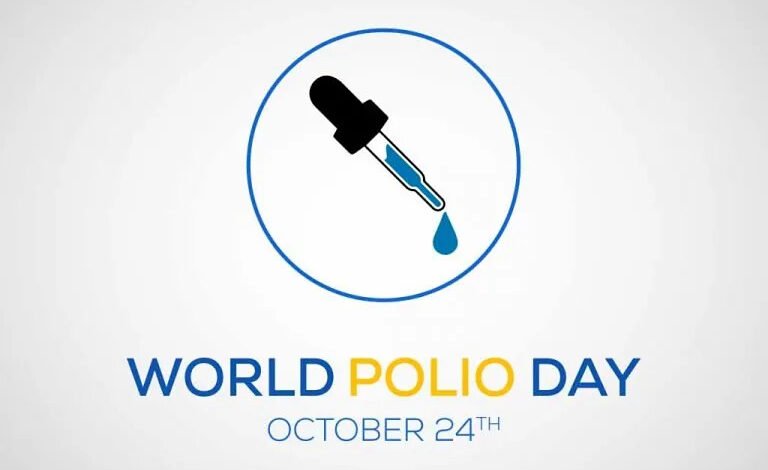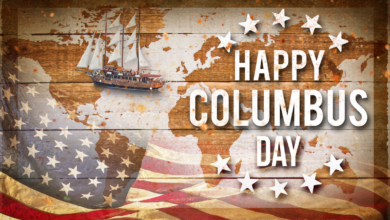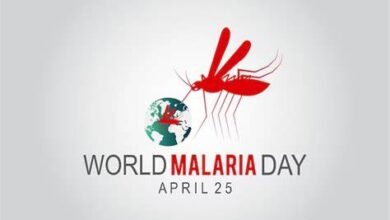World Polio Day 2025: Ending Polio for Every Child, Everywhere

Observed annually on October 24, World Polio Day serves as a powerful reminder of the global mission to eradicate poliomyelitis, commonly known as polio. This highly contagious viral disease primarily affects children under five years old, attacking the nervous system and potentially causing lifelong paralysis.
Despite the remarkable strides made toward elimination, the fight against polio is not yet over. Continued vigilance, sustained vaccination campaigns, and community awareness remain essential to safeguard the progress achieved so far.
Understanding Polio: The Disease That Paralyzes
Polio is caused by a virus that invades the nervous system and can lead to permanent paralysis or even death. According to the World Health Organization (WHO), about one in every 200 infections results in irreversible paralysis. The disease once spread fear across the world, leaving countless children and adults disabled.
Fortunately, vaccination remains the most effective defense. Since 1988, global immunization efforts have reduced polio cases by more than 99% and prevented an estimated 20 million children from paralysis. This success highlights the power of vaccines to protect lives and communities.
World Polio Day shines a light on the life-saving importance of vaccination and the global campaign to ensure every child, everywhere, receives protection.
Theme for 2025: “End Polio: Every Child, Every Vaccine, Everywhere”
The 2025 theme, “End Polio: Every Child, Every Vaccine, Everywhere,” emphasizes inclusivity and commitment. It calls on the world to reach every child with life-saving vaccines, regardless of location, circumstance, or background.
This year’s theme also celebrates the progress made while urging renewed collaboration to finish the job. It envisions a future where every child grows up healthy, mothers experience safe pregnancies, and communities thrive free from preventable diseases.
A Look Back: The History of World Polio Day
World Polio Day was established by Rotary International to honor Dr. Jonas Salk, whose team developed the first inactivated polio vaccine. His discovery marked a turning point in public health history, leading to the creation of the Global Polio Eradication Initiative (GPEI) in 1988.
Since then, polio cases have dropped by more than 99%, a remarkable global achievement fueled by widespread immunization and international cooperation. Today, only a handful of countries remain where the wild poliovirus still exists, keeping eradication within reach.
Why World Polio Day Matters
1. It Spreads Knowledge
World Polio Day educates people about the disease, helping communities understand the importance of vaccination and early prevention. Awareness empowers action, and action saves lives.
2. It Saves Lives
Through global vaccination campaigns, millions have been spared paralysis or death. Each dose of the vaccine represents hope and progress toward a polio-free world.
3. It Supports Global Eradication
World Polio Day renews the commitment to ending polio once and for all. It promotes vaccination drives, improved disease surveillance, and stronger healthcare systems to detect and prevent new cases.
Important Facts About Polio
- Polio spreads mainly through contaminated water or food and sometimes through person-to-person contact, such as coughing or sneezing.
- Children under five, pregnant women, and individuals with weak immune systems are particularly vulnerable.
- There are two types: Abortive poliomyelitis, which is mild (non-paralytic) and Paralytic poliomyelitis, which is severe, affects the central nervous system.
- Most infections (around 95%) show no symptoms, making surveillance critical.
- Post-Polio Syndrome: Some who survived the disease experience muscle weakness and fatigue years after recovery.
- Around 5–10% of those with paralysis die if their breathing muscles are affected.
- There is no cure for polio; vaccination is the only effective prevention.
- Wild poliovirus type 3 was declared eradicated in 2020 by the Global Commission for the Certification of Poliomyelitis Eradication (GCCPE).
Every unvaccinated child remains at risk; a single infection anywhere poses a threat to children everywhere.
How to Mark World Polio Day
You can make a difference by participating in activities that spread awareness and support the global cause:
- Join Vaccination Campaigns by helping local drives, ensuring every child receives immunization.
- Share Information such as facts and infographics about polio and vaccines on social media.
- Attend or Host seminars, workshops, or school programs to educate communities.
- Support organizations working toward eradication, such as Rotary International and the WHO, through donations.
- Share inspiring stories of people who survived this deadly disease to foster hope and understanding.
- Engage in educational Workshops and teach students about the importance of vaccines.
Simple actions, a post, a donation, a conversation, contribute to a healthier, polio-free world.
Conclusion: A Shared Responsibility
Eradicating polio is more than a medical achievement; it is a symbol of global unity and determination. It reflects what humanity can achieve through cooperation, compassion, and commitment.
As we observe World Polio Day 2025, let us renew our promise to protect every child, strengthen healthcare systems, and ensure vaccines reach even the most remote corners of the world. Together, we can make polio a thing of the past and secure a healthier, brighter future for generations to come.





